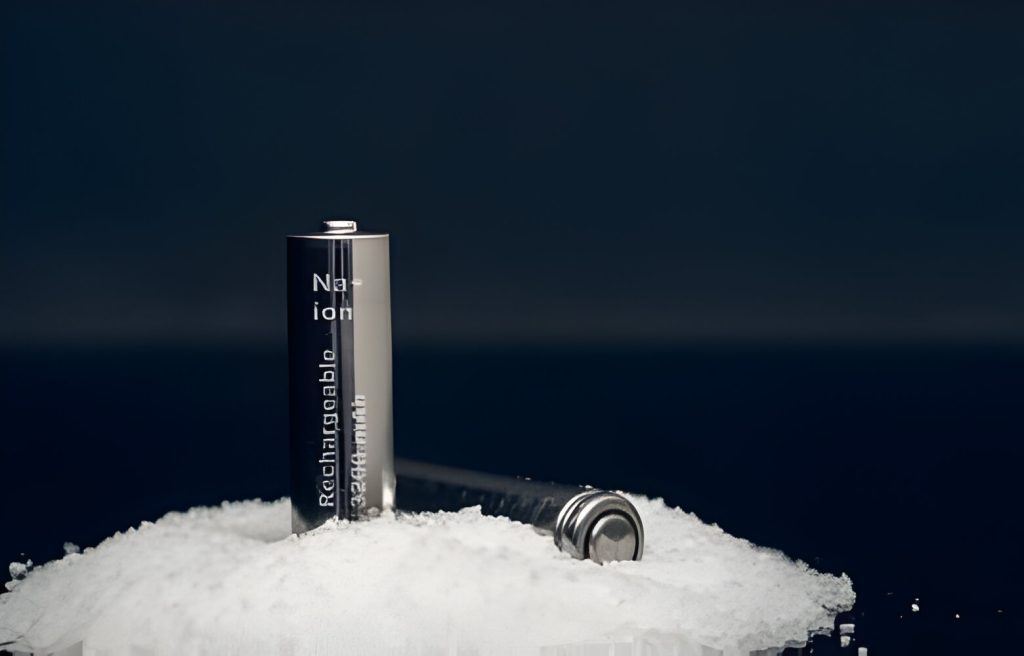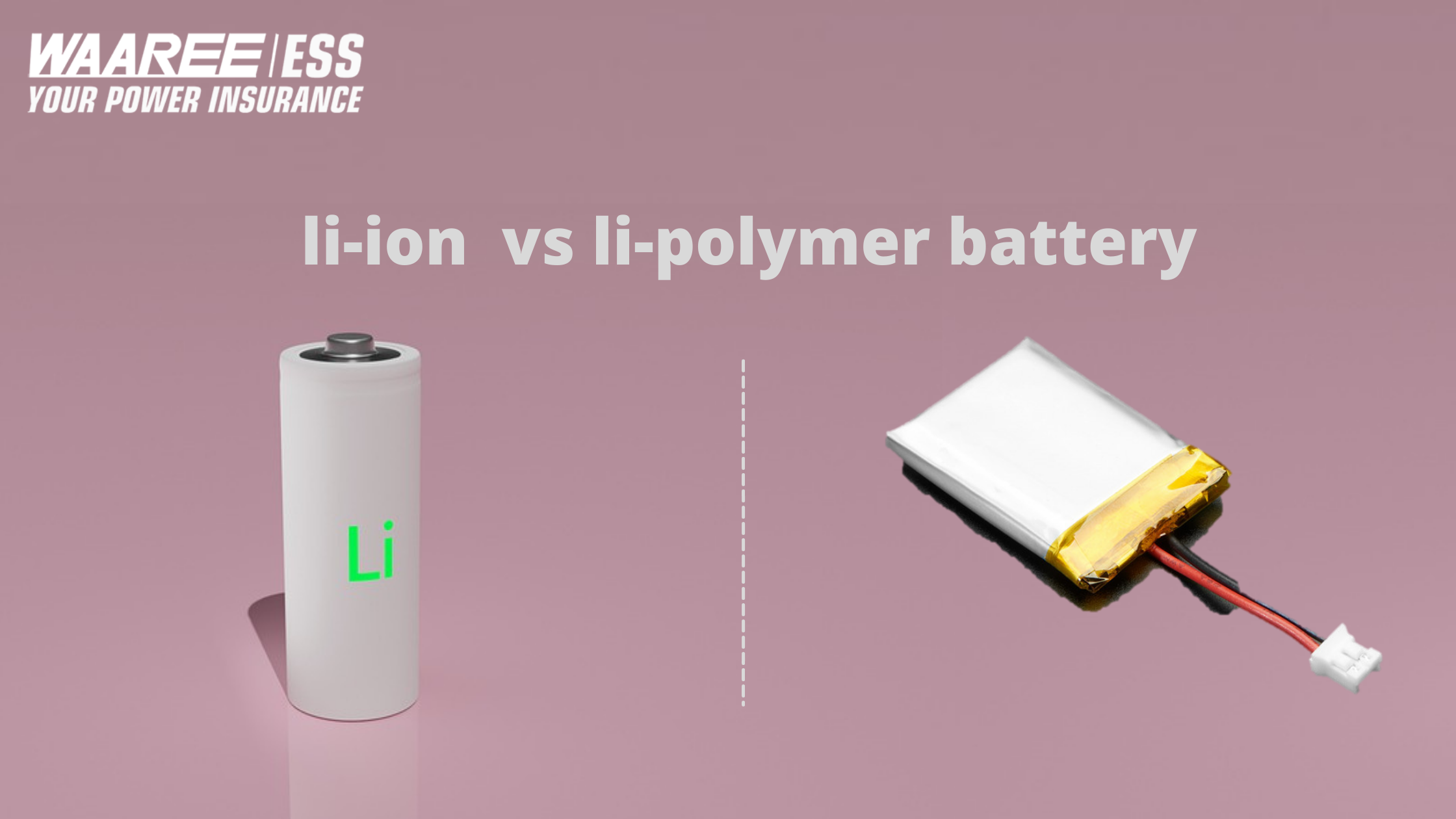Lithium polymer batteries have a flexible shape and higher energy density than lithium-ion batteries. They are also lighter and can be made in various sizes and shapes.
Lithium-ion batteries are more commonly used and have a higher energy capacity but are more rigid in shape. Both types of batteries have advantages and are used in different applications based on specific requirements. This blog post will explore the differences between lithium polymer and lithium-ion batteries, their advantages and disadvantages, and their applications in various industries.
By the end, you will better understand which type of battery may be more suitable for your needs.
Lithium Polymer Battery Vs Ion
Lithium Polymer (Li-Poly) and Lithium-Ion (Li-Ion) batteries stand at the forefront of rechargeable battery technology, each with distinct characteristics. While Li-Ion batteries are renowned for their high energy density and efficiency, facilitating their widespread use in everything from mobile phones to electric vehicles, Li-Poly batteries offer different advantages. Notably, Li-Poly batteries can be manufactured in various shapes and sizes, thanks to their flexible, solid polymer electrolyte, which allows for thinner and lighter battery designs.
This adaptability makes Li-Poly particularly favoured in applications where design flexibility and device miniaturization are critical, such as smartphones and certain wearable technologies. Despite their lower energy density than Li-Ion batteries, Li-Poly’s innovative form factor and potential for safer operation—owing to their solid electrolyte reducing the risk of leakage—highlight their unique position in the battery technology landscape.

Introduction To Battery Technologies
Brief History Of Battery Development
Batteries have evolved significantly, with the first battery being invented in the late 18th century.
Major milestones include the development of lead-acid batteries in the mid-19th century and commercialising lithium-ion batteries in the 1990s.
Importance Of Batteries In Modern Technology
Batteries are crucial in powering many modern devices, from smartphones to electric vehicles.
They enable portability, efficiency, and sustainability in various industries.
Basics Of Lithium Polymer Batteries
Lithium polymer batteries, commonly known as LiPo batteries, are popular in portable electronics due to their lightweight and flexible design. Understanding the basics of lithium polymer batteries can help users make informed decisions about their use in various devices.
Composition And Design
Lithium polymer batteries consist of a polymer electrolyte, which replaces the traditional porous separator used in lithium-ion batteries. This allows for a thinner, more flexible design, making them suitable for various applications, including wearables, drones, and mobile devices.
Advantages Of Portable Electronics
Lithium polymer batteries offer several advantages in portable electronics, including a higher energy density, lightweight construction, and the ability to be shaped into custom sizes. These features make them an ideal choice for devices where space and weight are critical, such as smartphones, tablets, and smartwatches.
Basics Of Lithium Ion Batteries
Lithium-ion batteries are a popular choice for various consumer electronics due to their high energy density and lightweight nature. Understanding the basics of lithium-ion batteries can illuminate their core components, functionality, and common uses in consumer electronics.
Core Components And Functionality
Lithium-ion batteries consist of three primary components: the cathode, the anode, and the electrolyte. The cathode typically comprises a lithium metal oxide, while the anode is commonly made of graphite. The electrolyte, which facilitates the movement of lithium ions, is a lithium salt dissolved in a solvent.
Common Uses In Consumer Electronics
Lithium-ion batteries are extensively utilized in various consumer electronics, including smartphones, laptops, tablets, and digital cameras. Their high energy density and rechargeability make them ideal for portable electronic devices, providing long-lasting power in a compact form.

Credit: waareeess.com
Comparing Energy Capacity
One crucial aspect to consider when comparing lithium polymer batteries versus ion batteries is their energy capacity. Understanding the differences in energy density, longevity, and efficiency can help you make an informed decision when choosing the correct battery for your specific needs.
Energy Density Analysis
Lithium polymer batteries are known for their higher energy density than ion batteries. This means they can store more energy in a smaller, lighter package, making them ideal for applications where weight and space are critical factors, such as drones or smartphones.
Longevity And Efficiency
In terms of longevity and efficiency, lithium polymer batteries outperform ion batteries. They have a longer lifespan and can maintain their energy capacity over more charge-discharge cycles. This makes them a reliable choice for devices that require consistent and long-lasting power, such as electric vehicles and medical devices.
Safety And Stability Factors
Safety and stability are crucial when evaluating the differences between lithium polymer (LiPo) and lithium-ion (Li-ion) batteries. Both battery types have distinct characteristics that impact their safety and stability performance. Understanding the risk assessment and recent advances in safety features for each battery type is essential for making informed decisions.
Risk Assessment Of Each Battery Type
Both lithium polymer and lithium-ion batteries have their own safety considerations. LiPo batteries are known for their higher energy density, making them prone to swelling and potential thermal runaway if mishandled. On the other hand, Lithium-Ion batteries are more stable but can still pose a risk of overheating and fire if damaged or subjected to extreme conditions.
Recent Advances In Safety Features
Recent advancements in battery technology have led to various safety features to enhance the stability and reliability of both LiPo and Li-ion batteries. These include:
- Advanced battery management systems (BMS) for real-time monitoring and protection
- Enhanced thermal management to mitigate the risk of overheating
- Improved electrode and electrolyte materials for enhanced durability and safety
Environmental Impact
Lithium polymer (LiPo) and lithium-ion (Li-ion) batteries are widely used in various electronic devices, from smartphones to electric vehicles. When comparing the environmental impact of these two battery types, it’s crucial to consider factors such as recycling, disposal challenges, and the lifecycle carbon footprint.
Recycling And Disposal Challenges
Lithium battery recycling presents challenges due to the complex process of separating materials and potential safety hazards. Disposal of these batteries in landfills can lead to environmental contamination from toxic components.
Lifecycle Carbon Footprint
The lifecycle carbon footprint of lithium batteries includes the environmental impact of raw material extraction, manufacturing, transportation, and end-of-life disposal. As a result, assessing the overall carbon emissions associated with each battery type is essential.

Cost Analysis
Lithium polymer and lithium-ion batteries are popular choices for various electronic devices. When considering these options, it’s crucial to analyze the cost factors associated with each type of battery. Let’s delve into the cost comparison between lithium polymer and lithium-ion batteries.
Price Comparison Over Time
Over time, the price of lithium polymer batteries has decreased significantly due to advancements in technology and manufacturing processes. Similarly, the cost of lithium-ion batteries has also decreased as the demand for these batteries has increased. However, lithium polymer batteries tend to have a higher initial cost compared to lithium-ion batteries, but the overall cost over the battery’s lifespan can be competitive.
Investment And Manufacturing Costs
Regarding investment and manufacturing costs, lithium polymer batteries may require higher initial investments due to the complex manufacturing processes and specialized materials. On the other hand, lithium-ion batteries have established manufacturing processes and economies of scale, leading to lower initial investment and manufacturing costs.

Credit: m.youtube.com
Future Trends In Battery Technology
Explore the future trends in battery technology, comparing Lithium Polymer batteries to Ion batteries. Discover the advancements in energy storage solutions for a more sustainable and efficient future.
Innovations On The Horizon
The future of battery technology is rapidly evolving, with cutting-edge innovations set to revolutionize energy storage. Lithium Polymer and Ion batteries are at the forefront of this transformation, driving advancements in efficiency and sustainability.
Potential For New Energy Solutions
Innovations like solid-state electrolytes and advanced materials promise enhanced performance and safety. These breakthroughs pave the way for cleaner energy solutions and more reliable and environmentally friendly electric vehicles.
The potential for new energy solutions is immense, from longer-lasting batteries to faster charging times. Companies are investing heavily in research and development to unlock the full capabilities of these next-generation batteries.
As we look ahead, the convergence of Lithium Polymer and Ion technologies holds great promise for shaping a more sustainable energy landscape. With ongoing advancements and investments, the future of battery technology is poised to transform how we power our world.

Credit: blog.ravpower.com
Frequently Asked Questions
Which Is Better Li Polymer Or Li-ion Battery?
Both Li-polymer and Li-ion batteries have their advantages and disadvantages. Li-polymer batteries are thinner, lighter, and safer than Li-ion batteries, while Li-ion batteries have a higher energy density and longer lifespan. Ultimately, the choice depends on the specific application and requirements.
How Can You Determine Whether a Battery Is Polymer Or Lithium-Ion?
To distinguish between lithium-ion and lithium-polymer batteries, check the label or specifications provided by the manufacturer.
Can I Replace Lithium-ion With Lithium-polymer?
Lithium-polymer batteries can generally replace lithium-ion batteries, as they offer similar performance and advantages.
What Is The Lifespan Of A Lithium Polymer Battery?
The lifespan of a lithium polymer battery depends on several factors, including usage, temperature, and charging habits. On average, a well-maintained lithium polymer battery lasts 2-3 years or around 300-500 charge cycles. However, with proper care, some lithium polymer batteries can last longer.
Conclusion
After comparing lithium polymer batteries and ion batteries, it is clear that both have their unique advantages and disadvantages. While lithium polymer batteries are lighter and more flexible, ion batteries have a higher energy density and longer lifespan. Ultimately, the choice between the two will depend on the user’s specific needs and the device being powered.
It is essential to carefully consider these factors before making a decision. By doing so, you can ensure that you choose the correct battery for your needs.

I am a battery specialist writer and blogger based in the USA & UK . I have been working with battery power energy for 3 long years and I give trips on low battery power problem and solutions . I have a lot of experience with battery power and I share them here.

